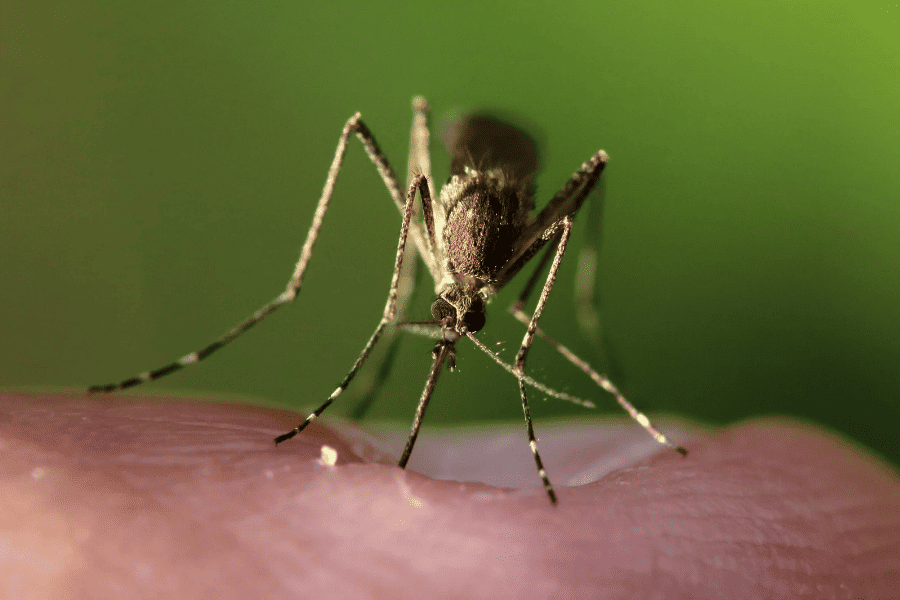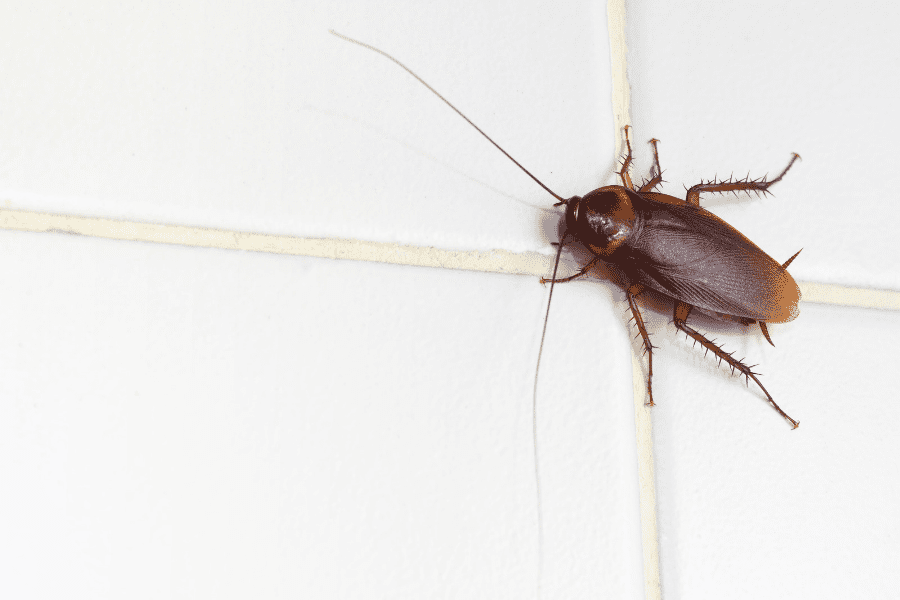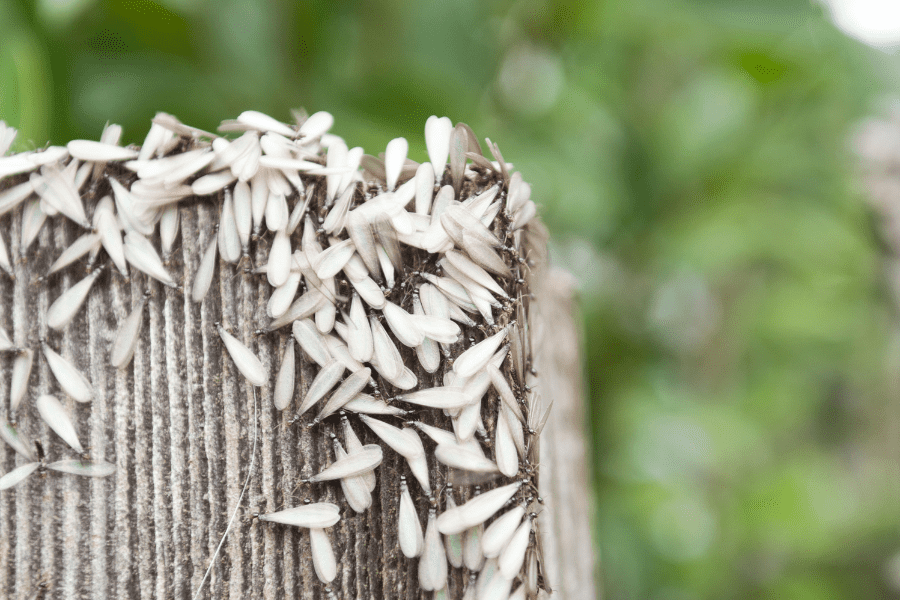READY TO GET STARTED?
REQUEST A FREE ESTIMATE
Fill out the form below or call (336) 226-1448 for a free, no-obligation estimate.
Fill out the form below or call (336) 226-1448 for a free, no-obligation estimate.

May 24, 2023 | Mosquito
Mosquito season is here, but it’s not too late to get prepared! Besides being annoying, mosquitoes can transmit serious diseases to both humans and pets. Here are some quick and simple DIY tips to get prepared for mosquito season.
With all this rain and wind happening lately, it’s probably safe to say you have accumulated some leaves and sticks in your gutters. Even those with guards in place can accumulate debris. It’s important to get all debris removed from gutters as it can cause the drainage to slow leaving enough standing water for mosquitoes to breed.
You’ve handled the standing water in your gutters, but have you checked throughout your yard for any other potential trouble spots? Here are some common areas and items standing water can be found in your yard:
There are certain plants and flowers that can help deter mosquitoes. You may already have some in your garden, but if not, here are some that you can add:
Fighting mosquitoes can seem like a never-ending battle, even after you’ve placed preventative measures around your home. Consider reaching out to your local pest control company for more information on professional mosquito control services.

May 10, 2023 | Pest Control
Cockroaches are one of the most common household pests found in homes. They are known for their hardiness and ability to survive in a variety of environments, making them difficult to get rid of once they’ve invaded your home. Let’s take a look at some of the most common types of cockroaches found in our area.

Feb 13, 2023 | Termite Control
Once the cold weather begins to creep away is when we should begin to see swarming termites. Especially after a big rainfall, mature winged adults will swarm from their original nesting site in hopes of forming new colonies. The most common termite you will see swarming is the Eastern subterranean termite, which is native to North Carolina. Here are some fast facts about these termites:
Swarming is beneficial when creating new colonies. Termites swarm after a colony has reached a certain capacity and is ready to expand. This normally happens once per year for most colonies. Hundreds or even thousands of swarmers, also known as alates, are produced with the sole purpose of reproduction and expansion.
Swarming can occur indoors or outdoors. They cannot survive indoors because of the lack of soil to colonize. If found indoors, they are usually found near windows and light fixtures as they are attracted to light. Whether indoors or outdoors, they usually can’t cause damage. As swarmers, they can’t bite, sting, or chew. The presence of swarms indicates that a colony is nearby, though; so, although the swarmers can’t cause damage, the nearby colony can.
If you begin to see swarming termites and aren’t sure if your home has become infested, be sure to give your local termite control company a call and they can inspect your property and set up a proactive termite control plan.